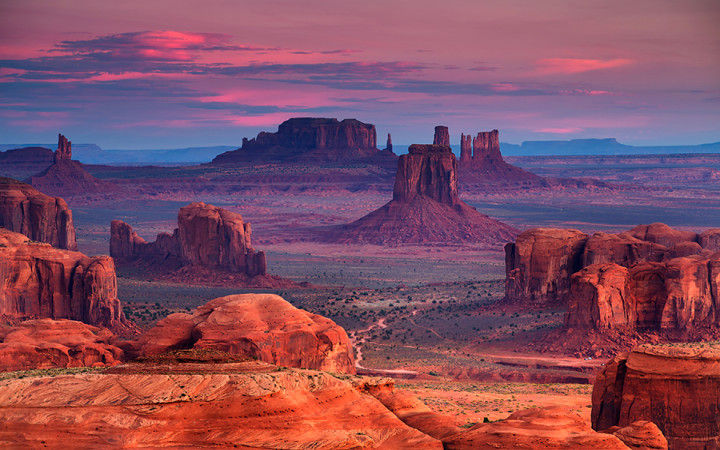Today’s Wonder of the Day was inspired by Elly. Elly Wonders, “I wonder a mesa is made of and where it's located?” Thanks for WONDERing with us, Elly!
Have you ever visited the Southwestern United States? If you live there, you know all about the amazing natural beauty that can be found throughout the area. If you've never been there, perhaps you've seen pictures of places like the Grand Canyon.
Can you imagine being one of the Native Americans who called these places home hundreds of years ago? What would it have been like to have been a Spanish explorer laying eyes on a sight like the Grand Canyon for the first time?
Those who don't live in or have never visited the American Southwest are often fascinated by the unique landforms that don't exist elsewhere across the country. For example, early Spanish explorers were intrigued by the many tall landforms with wide, flat tops and steep sides that they came across.
They called these landforms mesas, because they thought they looked like tabletops. In Spanish, the word "mesa" means table.
Mesas usually consist of compressed layers of sedimentary rock with a top layer of harder rock that's resistant to erosion. For example, in many areas, the top of a mesa might be a thick layer of cooled and hardened lava.
You most often will find mesas in arid and semiarid regions. These areas get little rain, so trees and ground cover are sparse. In addition, the rain they do get usually comes in heavy downpours. Combined with strong winds, these heavy rains erode the softer sedimentary layers over time.
As a result of this type of erosion, mesas end up as tall landforms with steep sides and wide, flat tops. The top, durable layer (called cap rock) remains while the softer rock along the sides erodes away over time.
Mesas are closely related to two similar landforms: buttes and plateaus. The difference between the landforms is size. Mesas have a surface area between 11,251 square feet and four square miles. Plateaus are larger (more than four square miles), and buttes are smaller (11,250 square feet or less).
Others make a simpler distinction between a mesa and a butte. For example, some say a mesa is wider than it is tall, while a butte is taller than it is wide.
These three landforms are also related in the sense that, over time, one landform can turn into another. For example, a plateau can be eroded by rivers into multiple mesas. Likewise, a mesa can be eroded over time until it's taller than it is wide, at which point it's considered a butte. A butte will eventually erode into a pinnacle, which will eventually crumble and fall to the surface.




